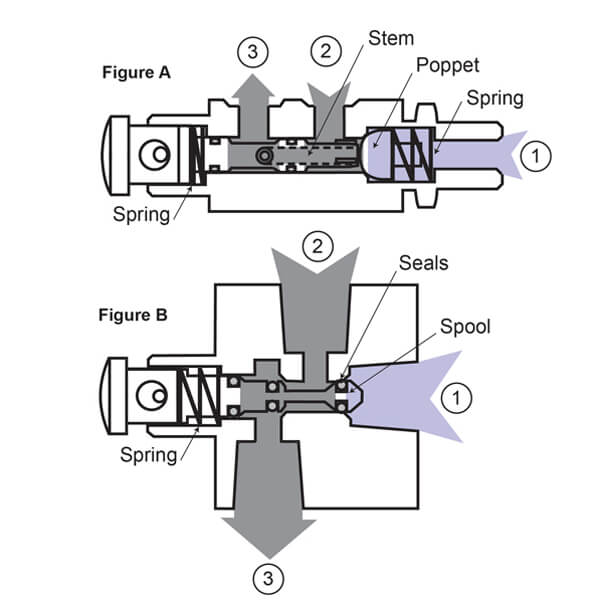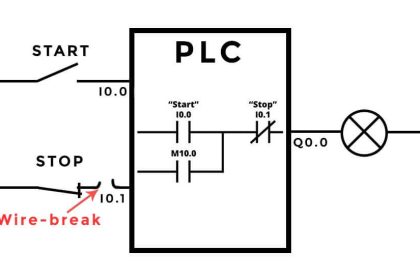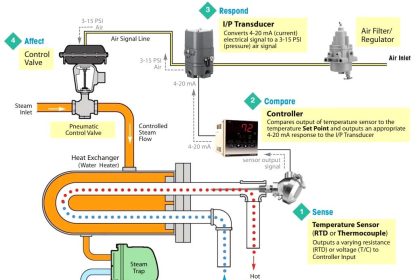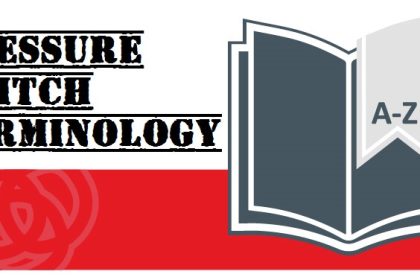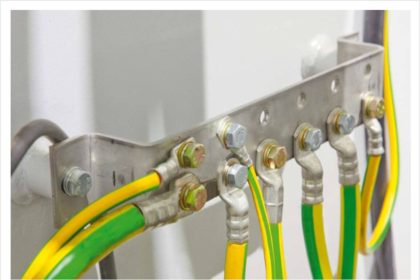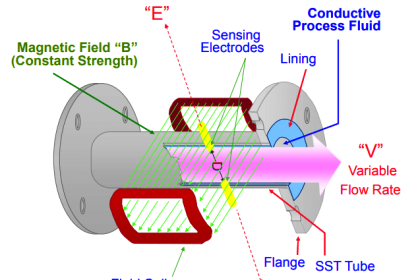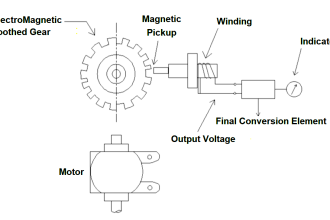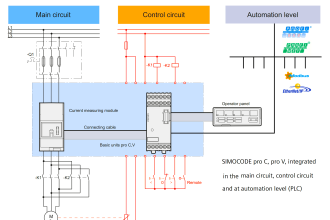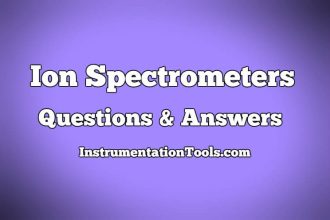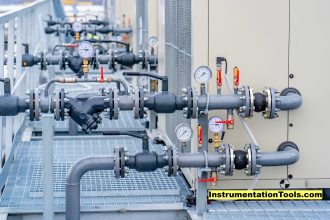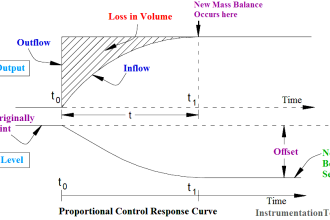Poppet vs. Spool Valves, Why Valve Type Matters
When selecting 2-Way and 3-Way valves for your pneumatic circuit, be sure to take the internal design of the valve into consideration. While overall function is the same, the use of a poppet or a spool may have an unexpected impact on your application. Both of these valve styles, as well as their advantages and disadvantages, are explained below.
Poppet
A poppet is a valve component which covers an internal passage and is held in place by air pressure and a spring (Figure A). Pneumatic 2-Way & 3-Way valves with an internal poppet design require the combination of a spring & air pressure to hold the valve in the unactuated position. When actuated, a stem pushes the poppet away from the seat to allow air flow.
Advantages
- The larger internal surface area required by the poppet results in a higher flow rate than spool-style valves
- Closed crossover – the poppet seals the exhaust port before it opens to flow, therefore, there is no transitional state from one function to the next providing the operator precise control between positions
- Less wear on internal seals contributes to a longer product life
- Upon actuation, the port is immediately open to air flow providing faster response times
Disadvantages
- Poppet valves are unbalanced; pressure must be supplied under the poppet to hold the valve in the unactuated position
- Typically not recommended for use with vacuum
- A higher force to actuate is required since both the spring and the air pressure must be overcome to allow air flow
- Back pressure can open the valve if supply pressure is removed, therefore, poppet valves are not a good choice for holding pressure downstream
Spool
A spool is a valve component which features seals mounted along its surface (Figure B). When the valve is actuated, the spool shifts causing the seals to travel along the bore, opening ports to allow air flow.
Advantages
- Spool valves can be used as Selector Valves providing the ability to choose from high and low pressures or vacuum and pressure
- Spool-style valves are not affected by pressure, therefore, less force is required to actuate the valve
- Able to be used with vacuum
- Spool valves are balanced; pressure entering the valve from any given port does not affect the movement of the spool
- Can be used to lock pressure downstream
Disadvantages
- Open crossover – all ports are momentarily open to flow as the spool shifts during actuation
- Lower flow rate than poppet-style valves due to the smaller internal surface area required by the spool
- Seals mounted on the spool are exposed to wear when traveling through the bore of the valve, shortening product life
Also Read: Solenoid Operated Valves & Latching Valves
